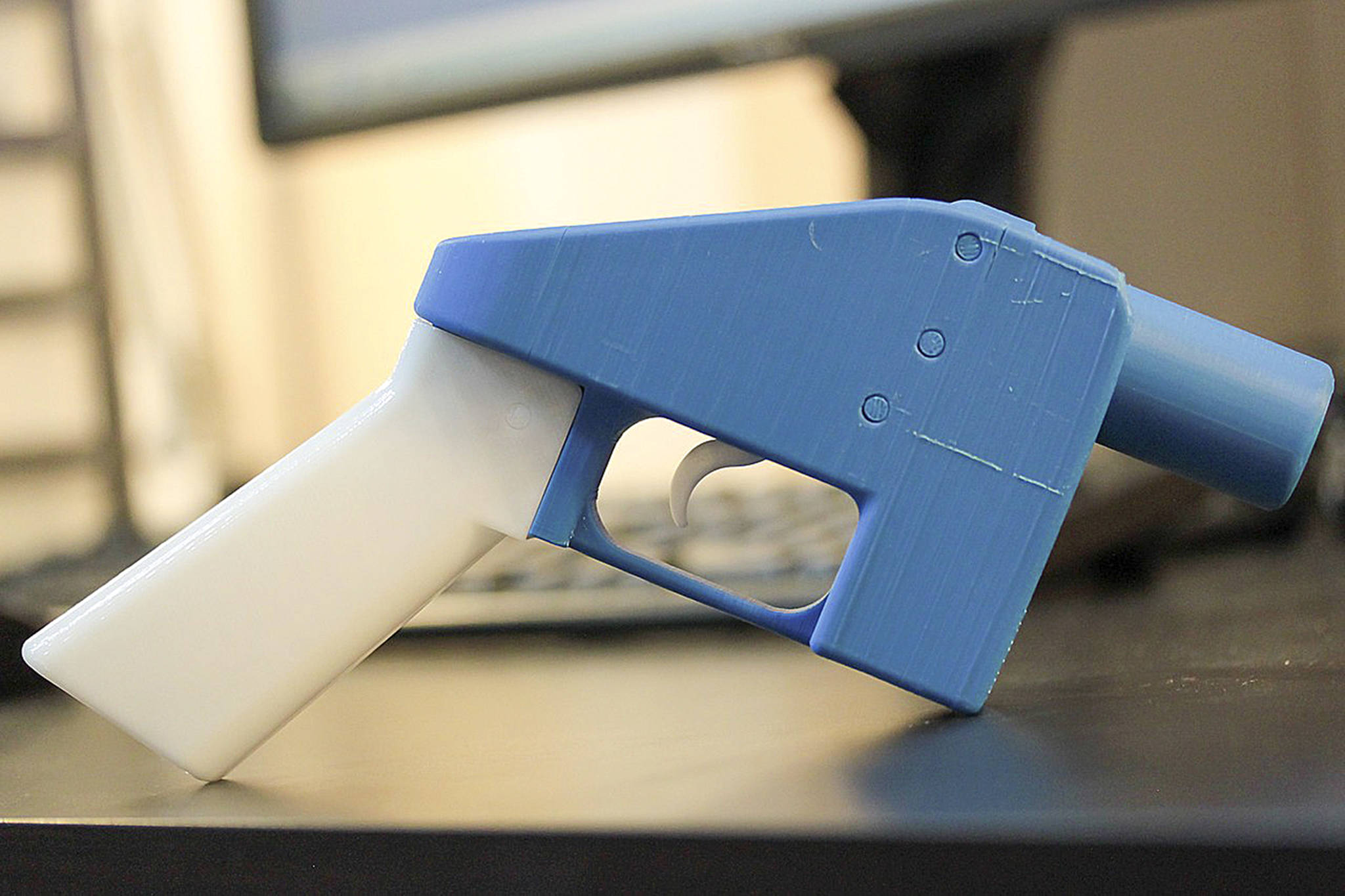If your turned on your TV lately you’ve seen all the controversy surrounding a recent court case, where Defense Distributed reached a settlement with the State Department (after 5 years of fighting in court) which allowed the non-profit organization to release blueprints for their 3D printed guns. As of August 1st, Defense Distributed has released the downloadable files on their website and the 3D printable files have already been shared and downloaded hundreds of thousands of times. Several States are now suing, to try to get these plans blocked for their citizens because they don’t want unserialized rifles and pistols on their streets. However, Gunsmithing is a perfectly lawful activity for people to do at home without any manufacturing licenses or other legal permits. In the past, 3D printers were not capable of making such intricate assemblies. However, as technology has progressed, you no longer need machine shop experience or knowledge of power tools to become a home gunsmith. This has created an outcry from members of the public who are scared of becoming victims of gun violence as well as politicians and legislators who have vowed to their constituents that they will fight for additional gun control measures. They call these unserialized and unregistered guns “ghost guns” which has caused some confusion about what that actually means. Many news outlets have misinterpreted what that means, and some people have incorrectly reported that these guns can get through a metal detector without being detected. Defense Distributed’s flagship product, the Liberator pistol, is a single shot device with parts made exclusively plastic (with the exception of the ammunition, which contains metal). The other plans they have released, such as the AR-15 lower receiver, are just a single part that still require metal for their barrels, bolt carriers, gas tubes, etc. (all the parts that make up a complete AR-15). These guns could be considered ghost guns under the basis that they are unserialized and unregistered, but they cannot go through a metal detector undetected. Certainly, these politicians want to implement measures that prevent access children and those prohibited from owning firearms, but unfortunately 3D printed gun files and the dissemination of information required to make your own guns is not something you can legislate away. As we have seen in the past with lawsuits against torrent companies, file hosting companies, and peer-to-peer file-sharing companies, technology and the internet have made it practically impossible to stop the flow of media and information.

All of this uncertainty and fear from the media and the general public have created a new discussion about the Second Amendment and the constitutional right to bear arms. People have a renewed interest in the Second Amendment and its interpretation and have been using social media to debate the subject on a national scale. Should everyone have the right to own firearms? Should the Second Amendment be updated or further defined to account for the advances in technology? These questions are popping up on Facebook, Twitter, and other social media sites on a daily basis. Not everyone is familiar or comfortable with firearms, and firearm ownership is actually in decline. However, people have rights and one of our first constitutional rights is the right of the people to keep and bear arms. The full Amendment reads “A well regulated Militia, being necessary to the security of a Free State, the people to keep and bear Arms, shall not be infringed”. Interpretations of the Second Amendment are vast and hotly-contested. The Supreme Court has had to make many decisions regarding firearms, states rights, and individual rights as they pertain to firearm ownership and gun control. Although early Supreme Court decisions appeared to be anti-gun, the most recent Supreme Court decisions clarified that “The Second Amendment protects an individual right to possess a firearm unconnected with service in the militia”. The original intent of the Second Amendment and the creation of the Bill of Rights are pretty clear and there are multiple historical documents that highlight the fact that it has nothing to do with hunting or recreational target shooting. Although more than 200 years have passed and we now live in a much more civilized society, the history of the 2nd Amendment teaches us why the individual right to own a gun is so important and how gun control historically has failed. Technological advances have made it much easier to get a gun, but guns have always been available to those who truly want them– 3D printed or not. For guns and ammo, and to buy complete AR-15 rifles, visit Palmetto
State Armory today.



